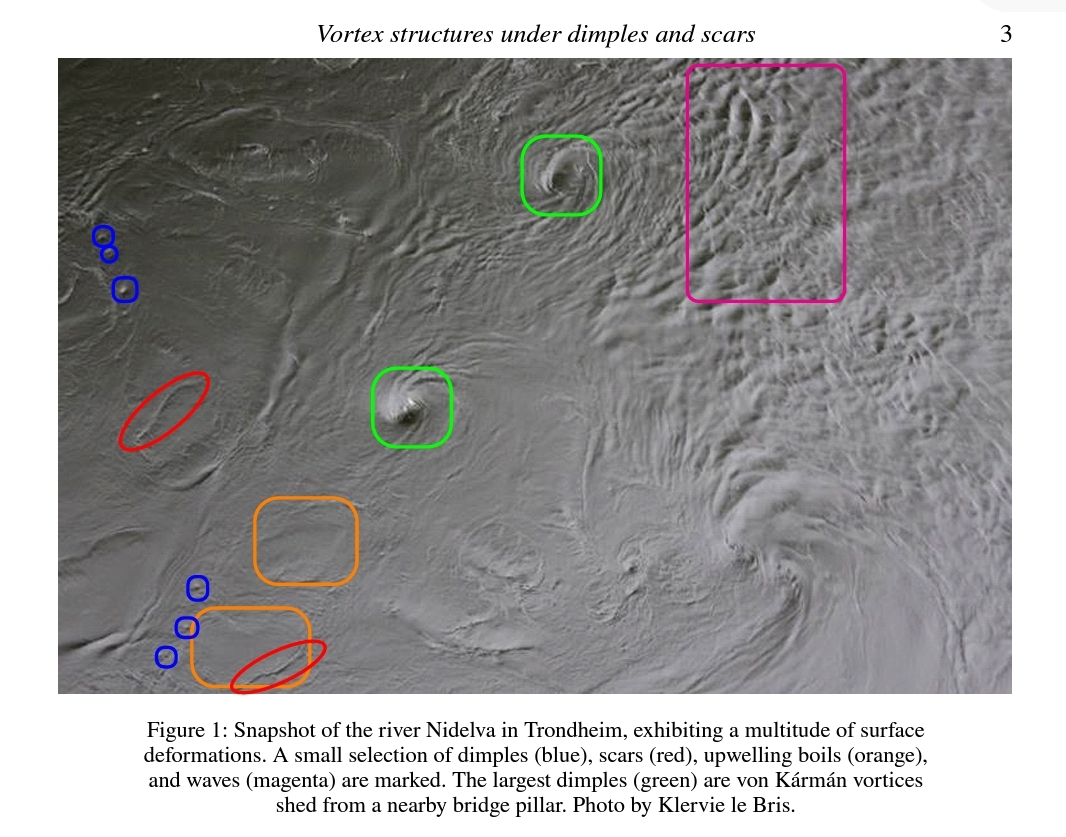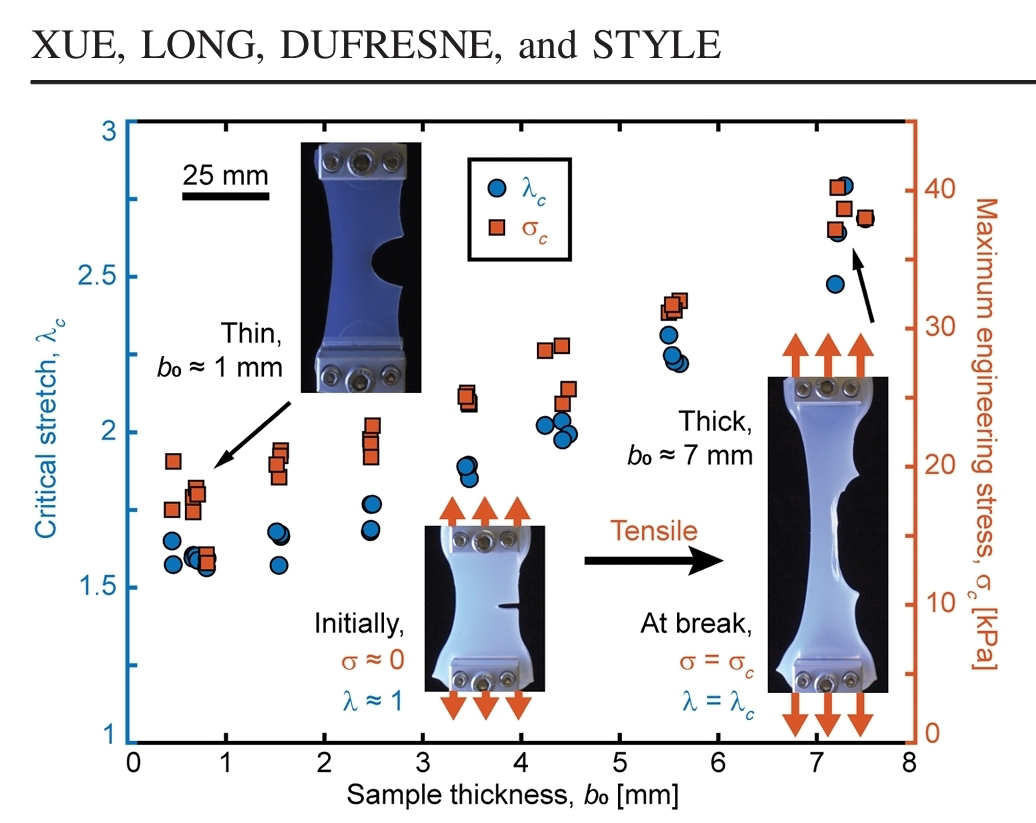<< ️Dried leaves in nature often exhibit curled and crumpled morphologies, typically attributed to internal strain gradients that produce dome-like shapes. However, the origin of these strain gradients remains poorly understood. Although leaf veins--particularly the midvein--have been suggested to influence shape formation, their mechanical role has not been systematically investigated. >>
<< ️Here, (AA) demonstrate that mechanical constraints imposed by the midvein play a crucial role in generating the diverse morphologies that emerge during leaf drying. Combining numerical simulations and theoretical analysis, (They) show that a uniformly shrinking leaf lamina constrained by a non-shrinking midvein gives rise to two distinct types of configurations: curling-dominated and folding-dominated morphologies. In the curling-dominated regime, both S-curled and C-curled shapes emerge, with C-curled configurations more commonly observed due to their lower elastic energy. In contrast, the folding-dominated regime features folding accompanied by edge waviness. Theoretical modeling reveals a linear relationship between midvein curvature and mismatch strain, consistent with simulation results. >>
<< ️Moreover, (AA) find that the morphological outcome is governed by the ratio of bending stiffnesses between the lamina and the midvein. (They) construct a comprehensive phase diagram for the transitions between different configurations. These findings provide a mechanical framework for understanding shape formation in drying leaves, offering new insights into natural morphing processes and informing the design of bio-inspired morphable structures. >>
Kexin Guo, Yafei Zhang, et al. Midveins regulate the shape formation of drying leaves. arXiv: 2507.01813v1 [cond-mat.soft]. Jul 2, 2025.
Also: waves, transition, in https://www.inkgmr.net/kwrds.html
Keywords: gst, waves, transition, leaf drying, curled and crumpled morphologies, internal strain gradients, dome-like shapes, curling-dominated and folding-dominated morphologies, edge waviness, midvein curvature and mismatch strain, life.











